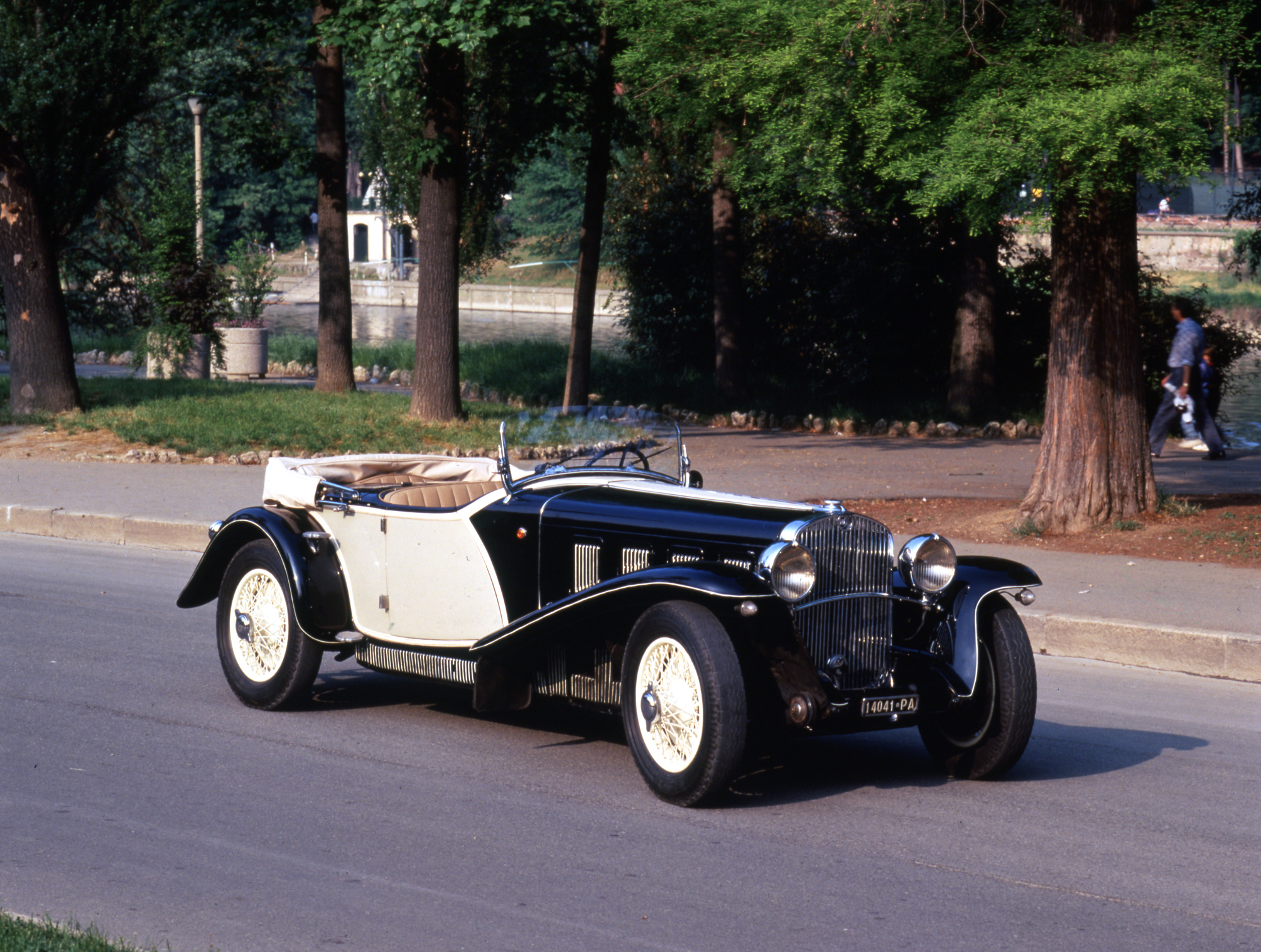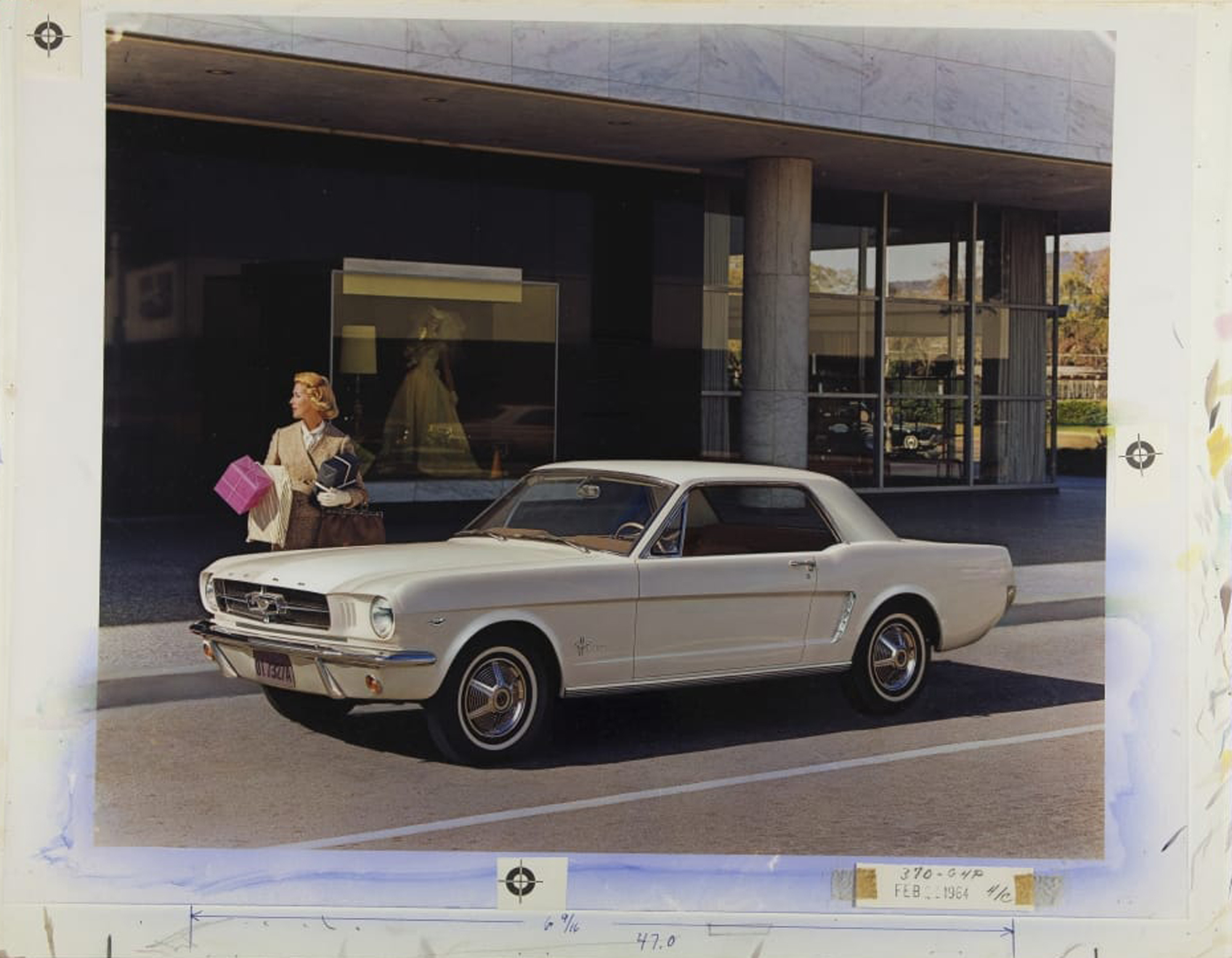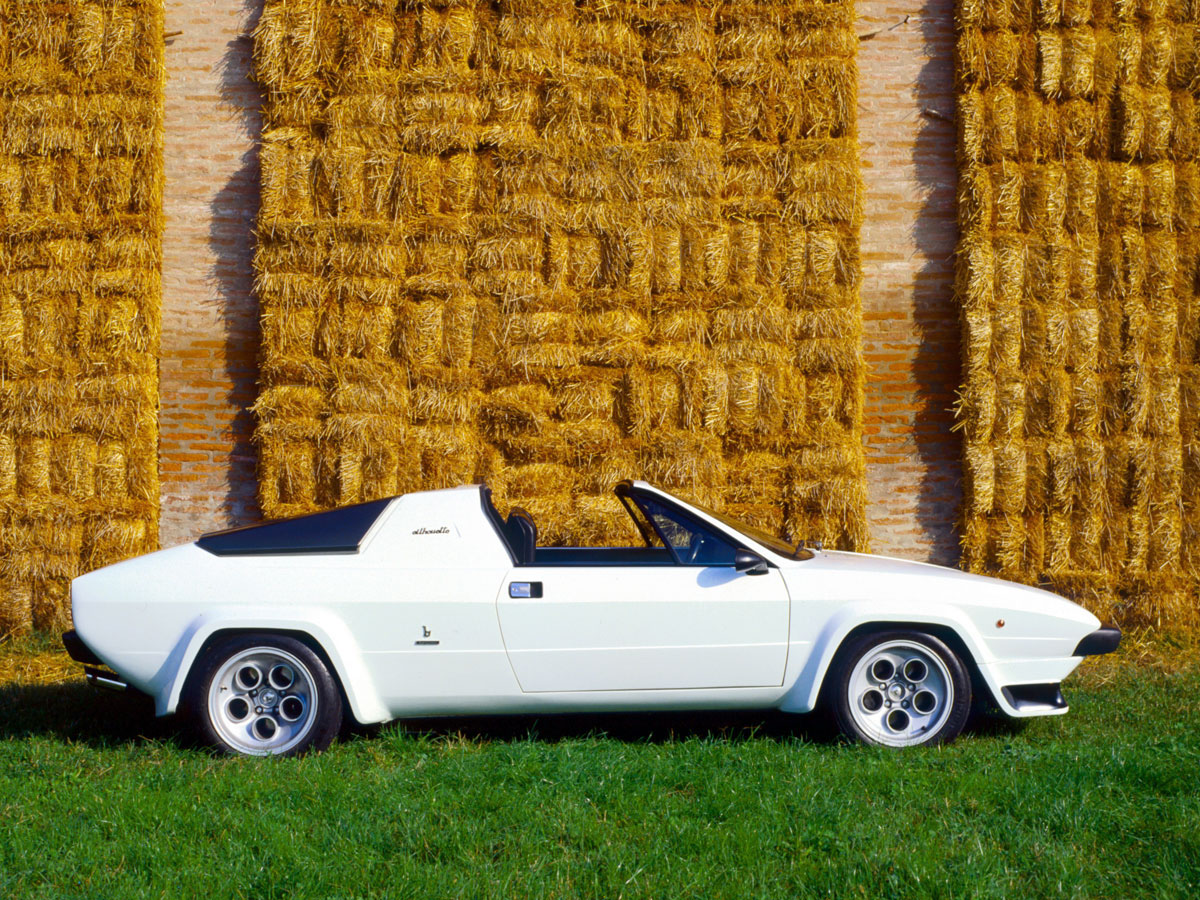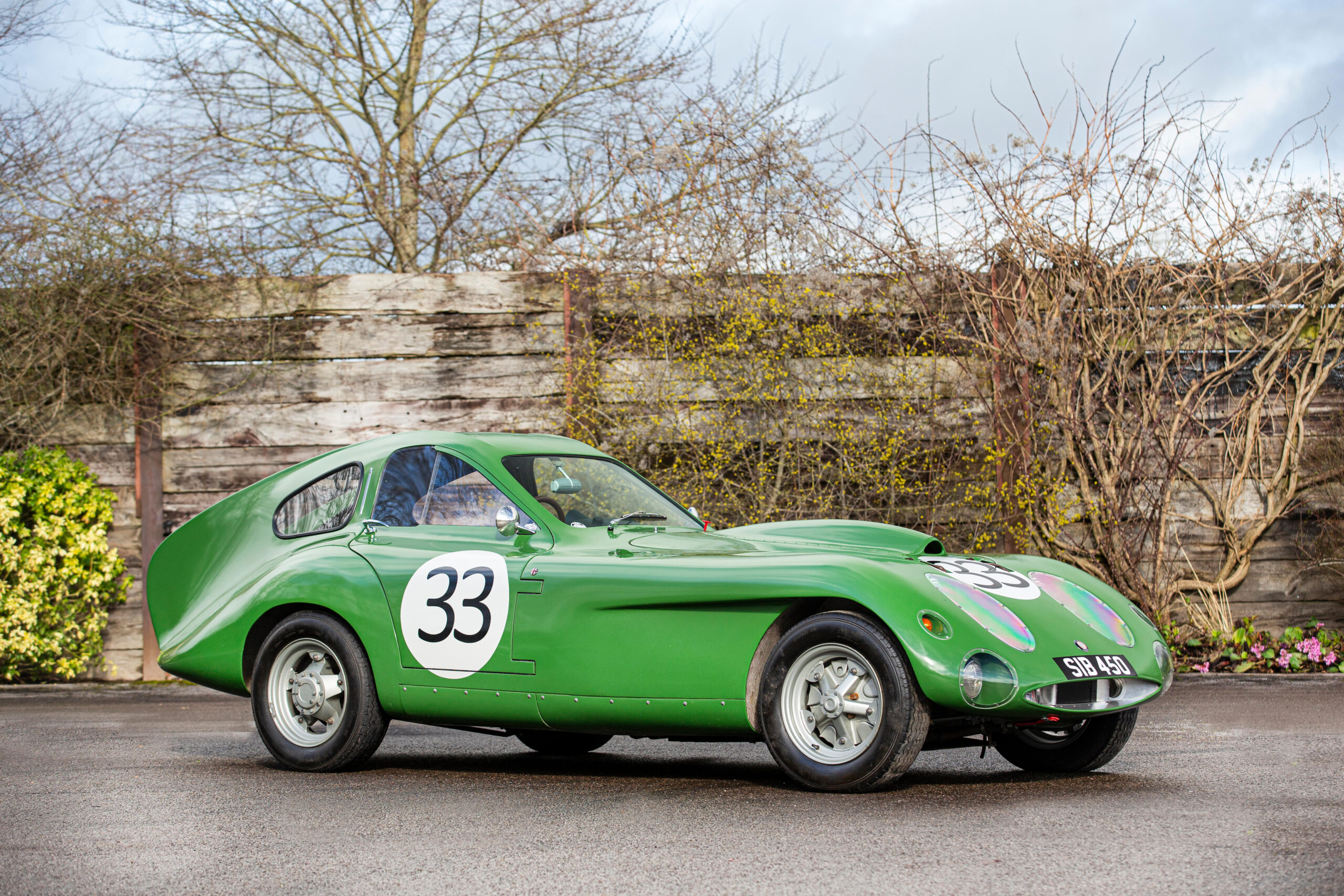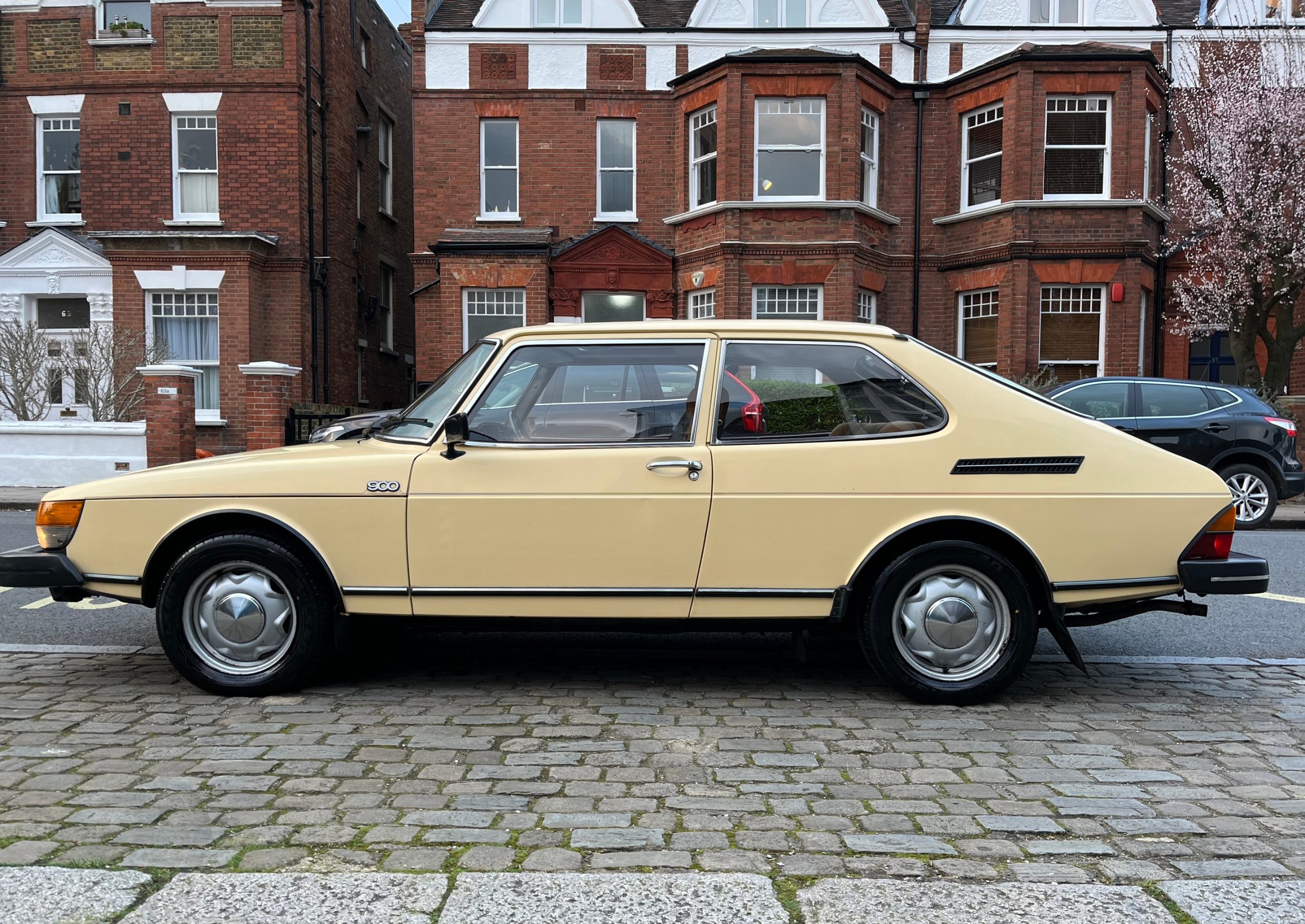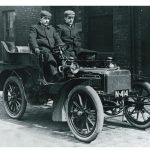Mario Revelli Di Beaumont. Sounds lovely, doesn’t it?
I wish I had a name like this, one that exudes old-world charm and sophistication. It certainly wouldn’t look out of place on the label of an expensive Italian wine. Mario Revelli’s story has nothing to do with fine wine, but it’s nonetheless very much about good taste. He may well be the most prolific automobile designer you’ve never heard of.

Born in Rome in 1907, Mario Revelli Di Beaumont owed his surname to his family’s roots in old nobility. Revelli’s formative years were heavily influenced by his father, a career officer in the Italian army. He led young Mario to join the Accademia Militare della Nunziatella, a prestigious military academy in Naples. However, this didn’t stop the young Revelli from cultivating his passion for fine art and engineering.
The latter discipline brought Mario Revelli to Turin at the tender age of 17. His brother Gino owned a motorcycle dealership and workshop there, and it wasn’t long before the two brothers designed a racing bike together, built around a 499cc JAP engine.
Revelli himself rode the special motorcycle to victory at Monza in 1925. Period commentators heralded the young Revelli as a promising young rider, but that glory proved fleeting. After discovering the hard way how motorsport, especially on two wheels, wasn’t conducive to a long and healthy life, Revelli turned his attention to automobile design.
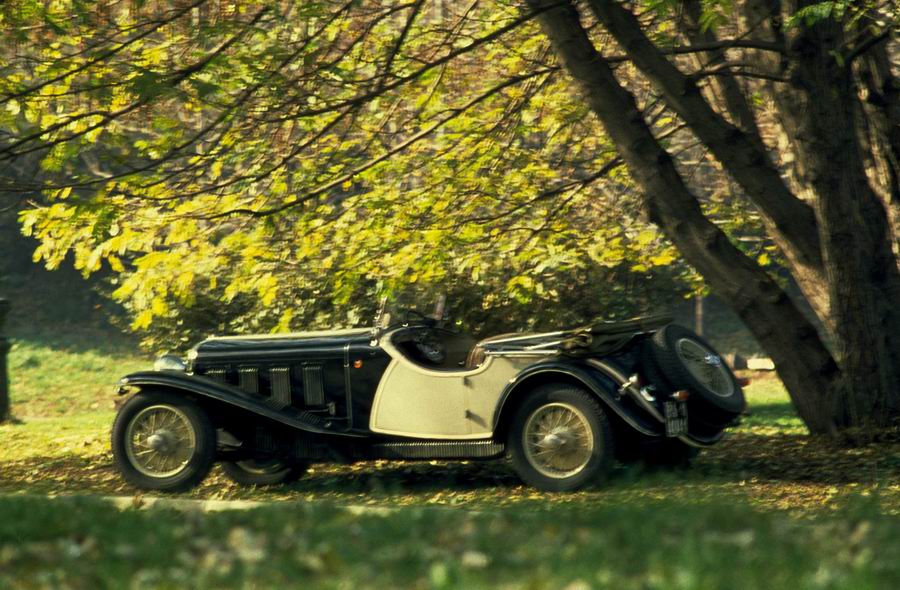
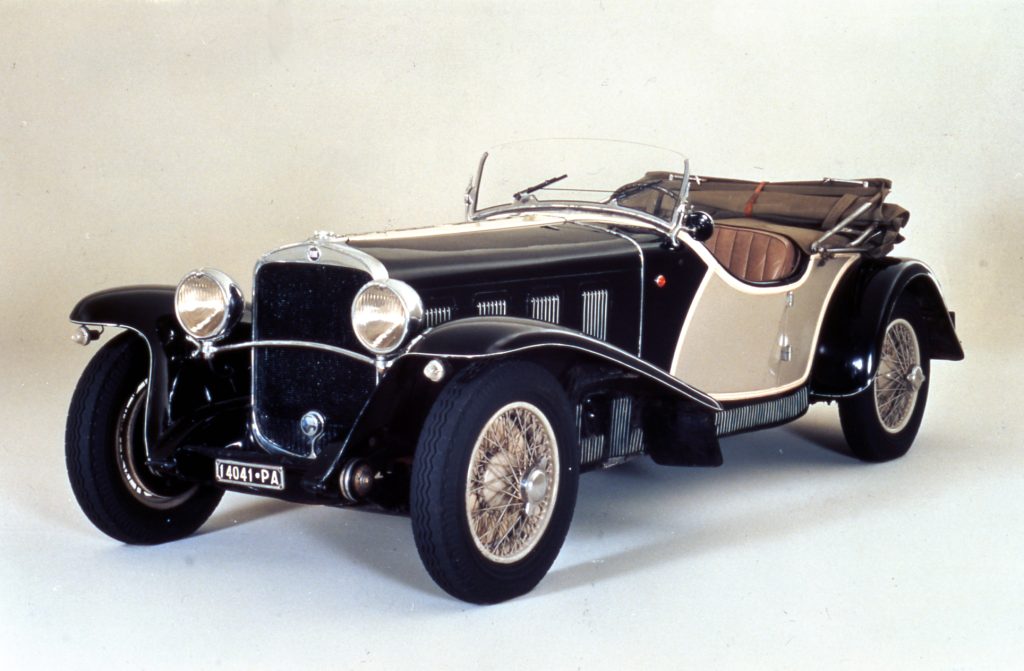
Combining his artistic sensitivity with his technical training, Mario Revelli conceived elegant yet functional car designs that soon made him a name in the Turinese coachbuilding industry. By 1926, he was collaborating with Stabilimenti Farina, Garavini, and Ghia – earning Revelli Di Beaumont a reputation as the world’s first freelance car designer. While that’s impossible to verify for sure, such a figure was certainly rare in the 1920s, whether in Italy or anywhere else in the world.
Thanks to his privileged upbringing and vast sense of culture, Mario Revelli was very adept at interpreting the aspirations of the coachbuilders’ wealthy clientele. In his proposals, Revelli often managed to strike that elusive, delicate balance between flamboyance and restraint that the period’s Italian elite so craved. His skill brought him to the attention of Fiat’s president, Giovanni Agnelli.
In early 1929, Mario Revelli began collaborating with Fiat’s Carrozzerie Speciali (Special Bodywork) department, where he assumed an unofficial managerial position. In practice, though, Revelli’s role was more akin to that of a high-profile “aesthetic advisor” to Fiat’s top management. From this vantage point, he indirectly held sway on the design of the entire Fiat range.
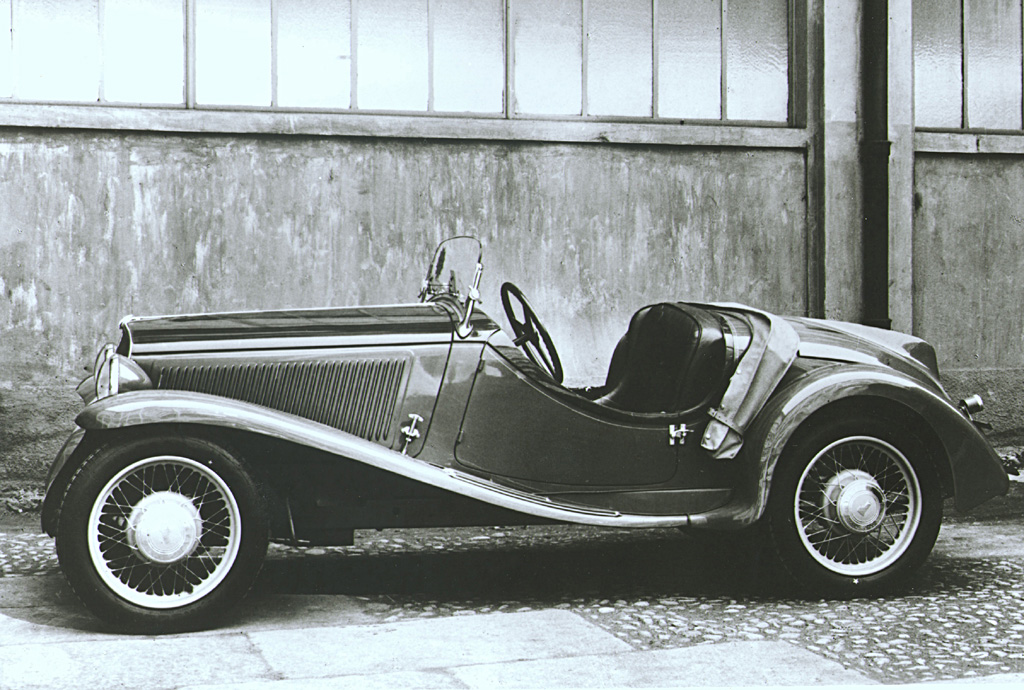
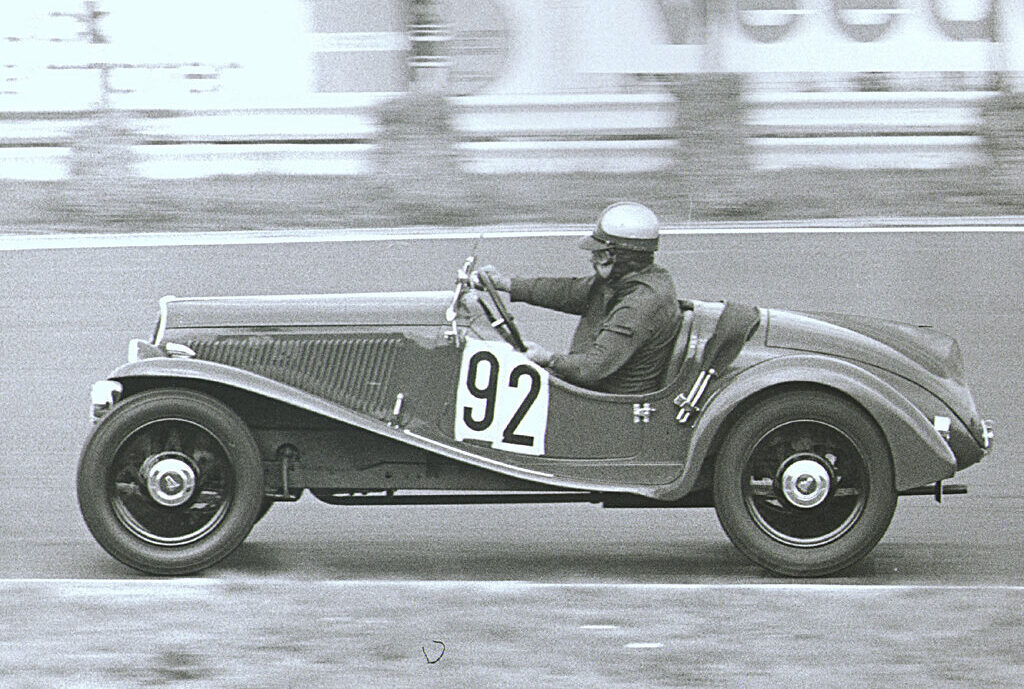
That role didn’t stop Revelli from cultivating his ties with prominent local coachbuilders like Giacinto Ghia, for whom Revelli designed the Fiat 508 Sport Spider. To give the little Fiat roadster the look of a proper racer, Revelli placed the two seats offset to obtain a narrower body that fit snugly onto the underlying frame, just as on the period’s Grand Prix cars.
The subject of Grand Prix racers brings us to one of Revelli’s wildest projects: the 1935 Monaco-Trossi single-seater. The car was the brainchild of the engineer Aurelio Monaco, with its creation financed by wealthy enthusiast Count Felice Trossi. The latter was a friend of Revelli, thus he was brought in to help with the design. The vehicle’s appearance was that of an airplane with its wings removed, and it was dominated by the supercharged four-litre, two-stroke, 16-cylinder, air-cooled radial engine placed ahead of the front axle.

As if that wasn’t radical enough, the engine sent its power (around 250 bhp) to the front wheels, doing away with the propshaft and placing the driver closer to the ground. Daring as its design was, the Monaco-Trossi proved utterly worthless on track. It only took part in the 1935 Monza GP, and even then, it didn’t last beyond a few practice laps. The engine’s weight hanging ahead of the front axle caused severe understeer issues, but its driver didn’t have to put up with it for long, as insufficient airflow around the engine soon caused it to overheat. Perhaps unsurprisingly, the Monaco-Trossi remained a one-off, preserved in Turin’s National Automobile Museum collection.
In the 1930s, Revelli emerged as one of the leading advocates of the “streamlining” trend. In collaboration with engineer Rodolfo Schaeffer, he conceived the Fiat 1500, which was launched in 1935 and played an important role in popularising this new aesthetic in Italy.

After World War II, Revelli continued collaborating with Fiat and Turin’s most prominent coachbuilders before heading to Detroit in 1952 to work on GM research projects. Upon his return to Italy in 1955, Revelli established a new design consultancy, with French automaker Simca among his best clients.
The small Simca 1000 and 1300 saloons may not be the most glamorous designs in Revelli’s back catalogue, but they were undoubtedly the most successful, at least in quantitative terms. Introduced in 1961 and ’63, respectively, the Simca 1000 and 1300 stayed in production well into the 1970s and sold by the million before Chrysler took over Simca and ran it into the ground.
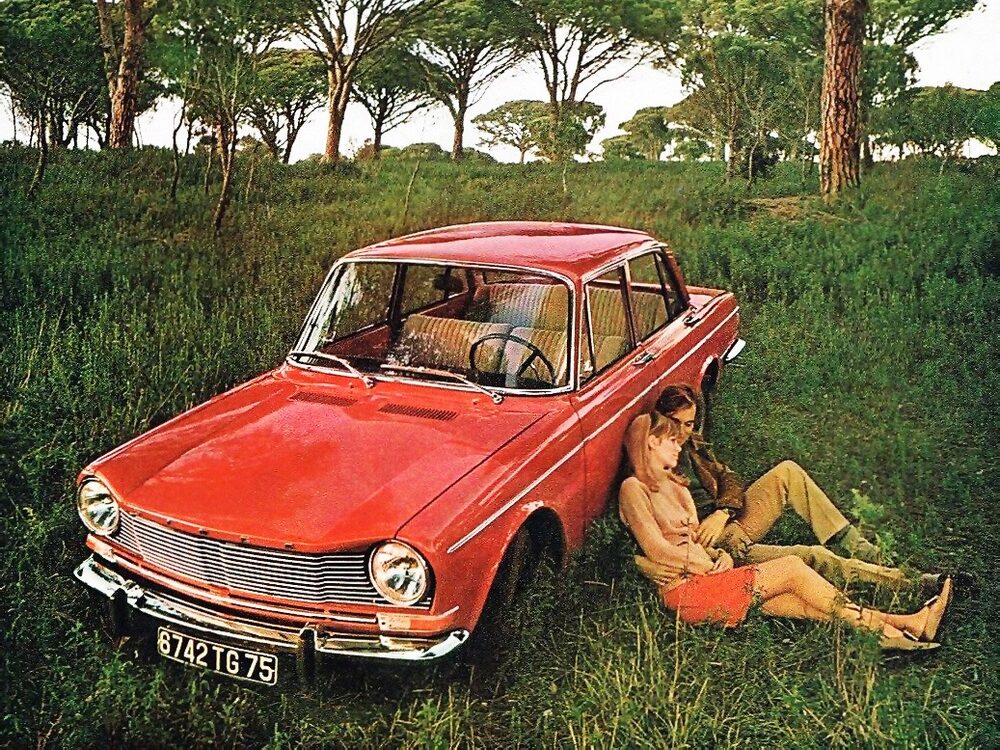
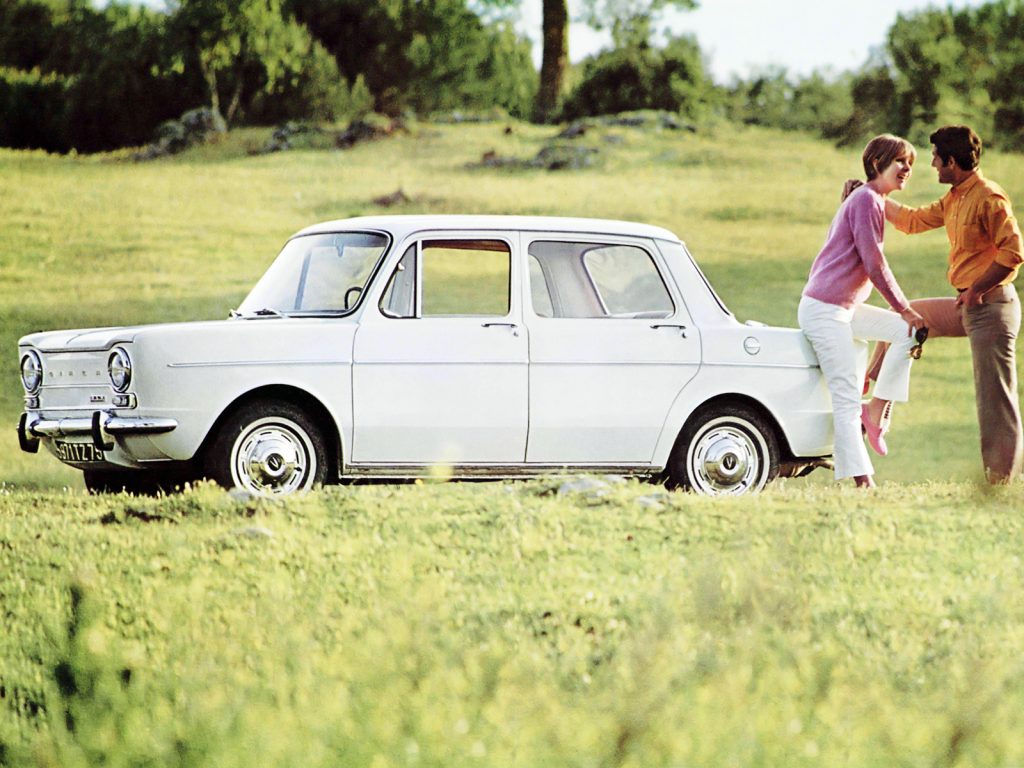
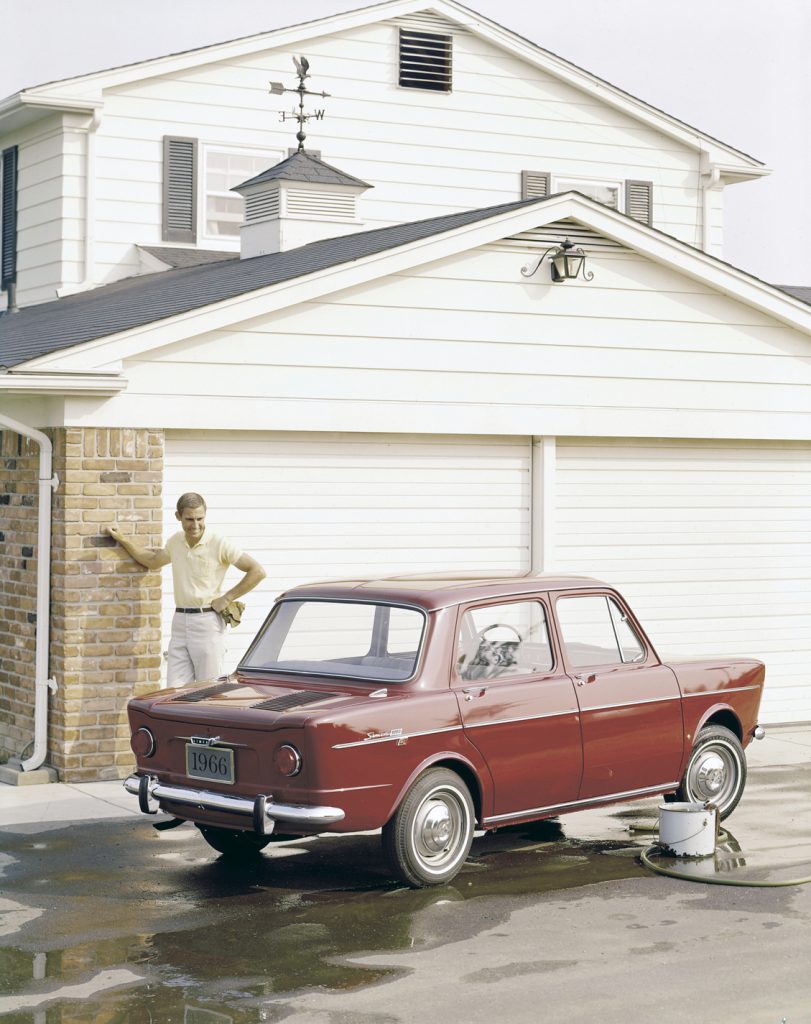
In 1967, the Copper Development Association approached Mario Revelli to create a show car meant to promote the use of copper in the automobile industry. The result was the Exemplar I, based on a Buick Riviera and lavishly decorated in 11 distinct hues of copper alloys. Amazingly, not only does this one-off prototype survive to this day, but it could be yours, provided you can live with its looks and meet the $750,000 asking price. Still, Revelli’s customers must have been happy with the exercise, given the fact they commissioned a follow-up model in 1972. Unimaginatively called Exemplar II, and built from a donor Oldsmobile Toronado, its fate is unknown.
Mario Revelli Di Beaumont passed away in Turin in 1985. He never became a truly famous name, but over a career spanning five decades and two continents he left a mark on automobile design history the size of which any current professional would envy.
***
Matteo Licata received his degree in Transportation Design from Turin’s IED (Istituto Europeo di Design) in 2006. He worked as an automobile designer for about a decade, including a stint in the then-Fiat Group’s Turin design studio, during which his proposal for the interior of the 2010–20 Alfa Romeo Giulietta was selected for production. He next joined Changan’s European design studio in Turin and then EDAG in Barcelona, Spain. Licata currently teaches automobile design history to the Transportation Design bachelor students of IAAD (Istituto di Arte Applicata e Design) in Turin.
